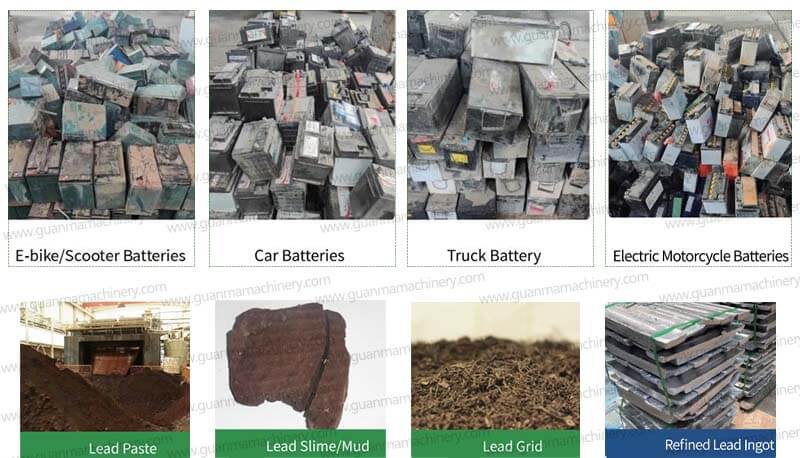Are you looking to unravelthe complexities of ternary lithium battery recycling process? Understanding this intricate cycle not only holds the key to environmental sustainability but also opens doors to a new realm of resource recovery. Here’s a concise guide to its core stages.
1. Collection & Sorting
The Initial HurdleThe journey begins with the meticulous collection of spent ternary lithium batteries. Safety is paramount; thus, batteries are carefully transported and sorted based on their condition and chemistry. This initial step ensures efficient processing downstream.
2. Disassembly & Pretreatment: Unraveling the Layers
Next, batteries undergo a controlled disassembly, separating plastic casings, electrolytes, and metal components. Pretreatment, involving cleaning and drying, prepares these components for the next stage, enhancing material purity and safety.

3. Extraction & Separation: Chemistry at Play
At the heart of ternary lithium battery recycling lies the extraction process. Hydrometallurgical techniques often dominate, dissolving metals in aqueous solutions. Through leaching, valuable elements like lithium, nickel, cobalt, and manganese are extracted. Subsequent separation technologies isolate these metals, preparing them for purification.
4. Purification & Refinement: From Raw to Refined
Once extracted, these metals undergo several refining steps. Impurities are meticulously removed through a series of chemical and physical processes, yielding high-grade metals ready for reuse. This refined output aligns with industry standards, ensuring their seamless integration back into the supply chain.
5. Resource Reintegration: Closing the Loop
The final lap sees these recovered metals reintegrated into the manufacturing of new batteries or other industrial applications. This completes the circle, embodying the essence of a circular economy where waste transforms into a precious resource.
Why It Matters
Grasping the ternary lithium battery recycling process is vital for businesses and environmental stewards alike. It not only alleviates the burden on landfills and reduces the need for fresh mineral extraction but also presents a lucrative opportunity within the booming renewable energy sector.



